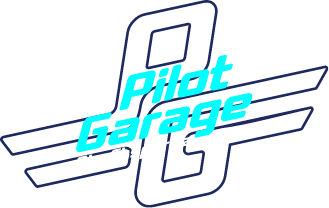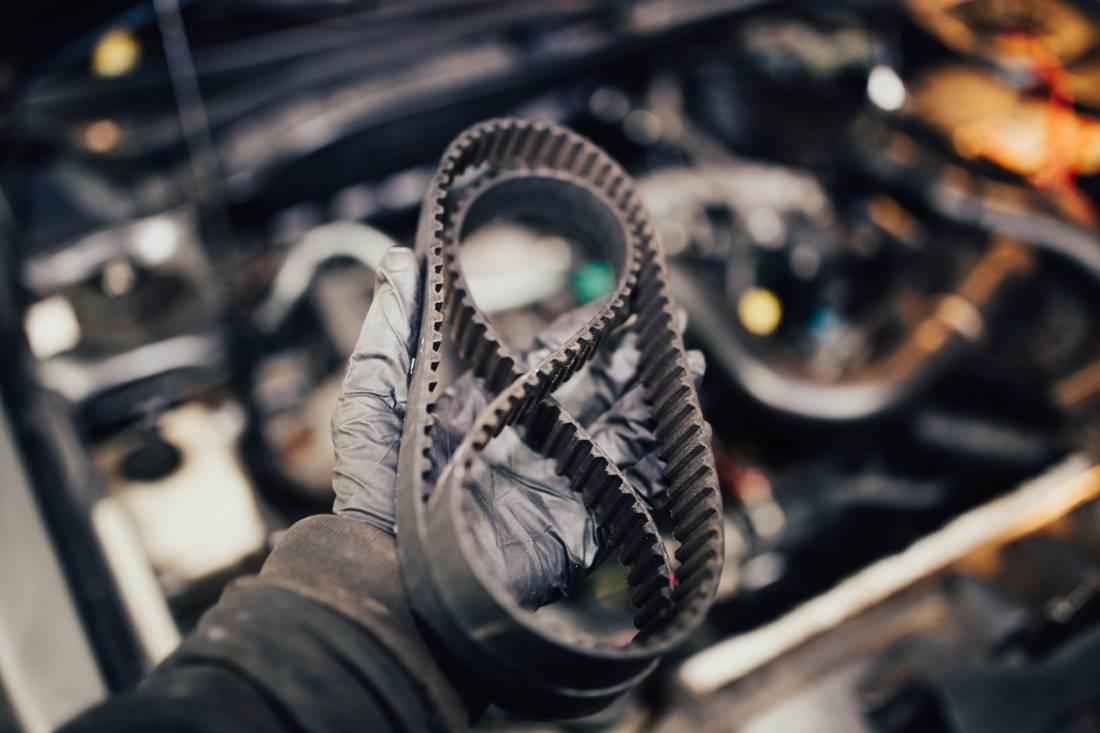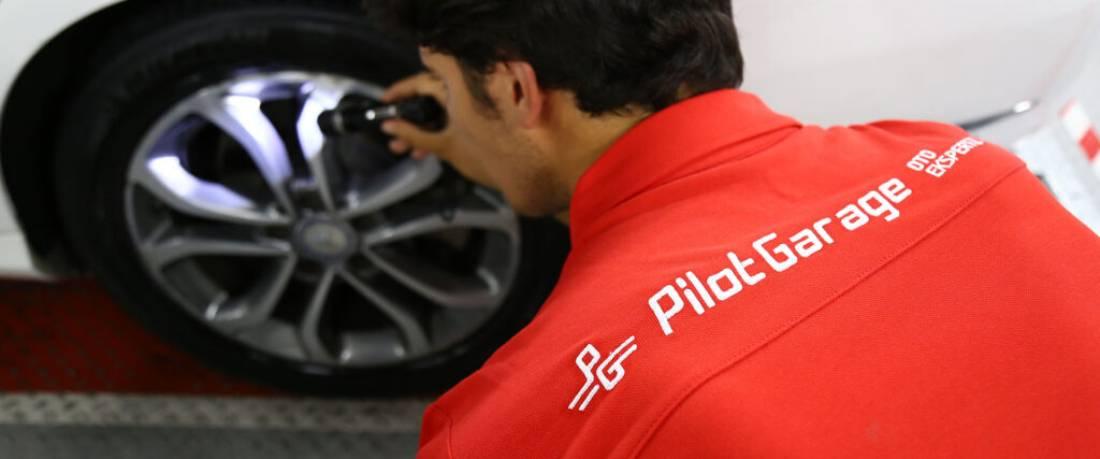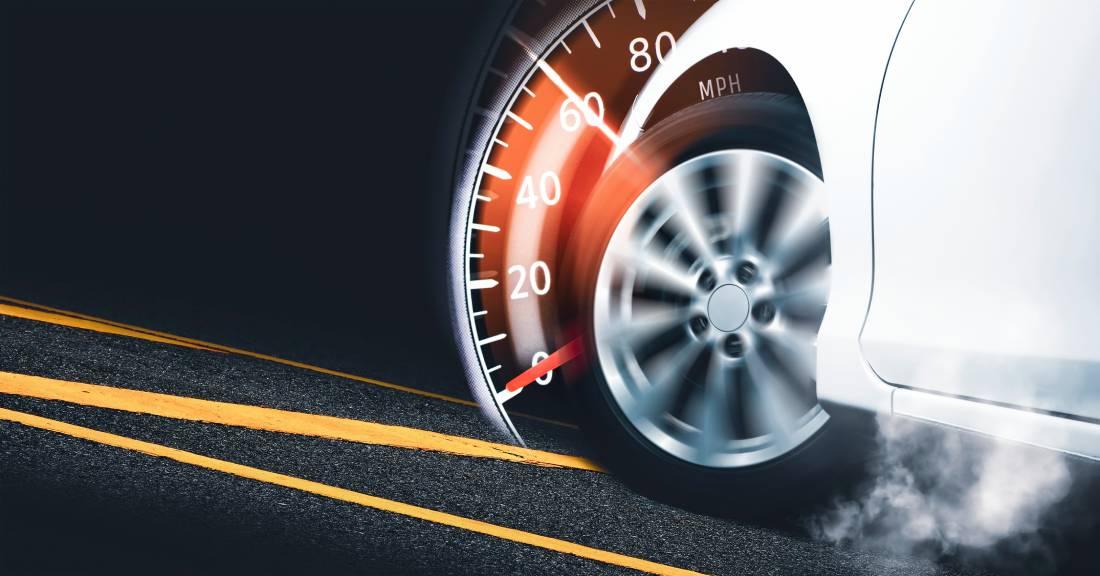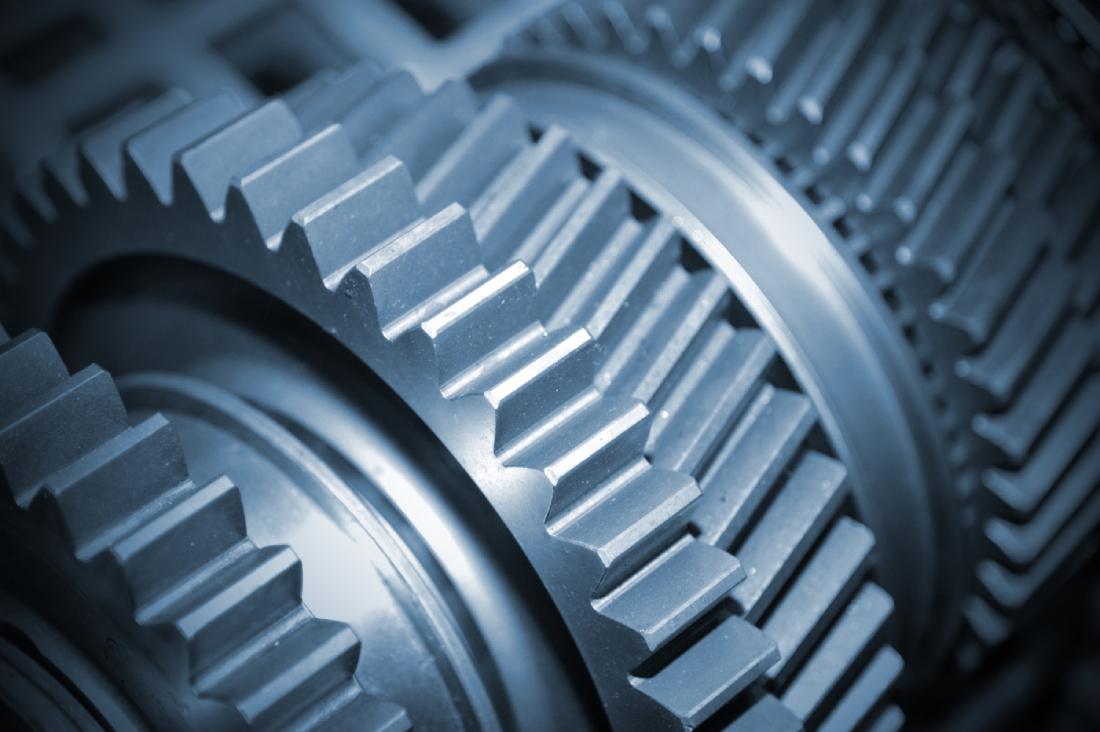
- What is EDC Transmission?
- How Does EDC Transmission Work?
- Dual Clutch Technology
- Gear Shift Speed and Performance
- What Does EDC Transmission Do?
- EDC Transmission Features
- History of EDC Transmission and when did it come out?
- Advantages of EDC Transmission
- Faster Gear Changes
- Fuel Saving
- Low Maintenance Cost
- Disadvantages of EDC Transmission
- High Repair Costs
- Complex Structure
- Which Vehicles Have EDC Transmission?
- EDC Transmission Maintenance
- EDC Transmission Problems and Faults
- EDC Transmission Comparison with Other Transmission Types
- EDC Transmission vs Automatic Transmission
- EDC Transmission vs Manual Transmission
- EDC Transmission vs DSG Transmission Difference
- EDC Transmission Check in Used Cars
- EDC Transmission Prices and Repair Costs
- EDC Transmission Expertise
- Frequently Asked Questions about EDC Transmission
- What is the lifespan of an EDC transmission?
- Which vehicles have EDC Transmission?
- Should you buy EDC Transmission?
- When does the EDC transmission fluid change?
- In which years is EDC transmission problematic?
- How is EDC transmission reset reset done?
- Why is the EDC transmission troublesome?
- How many km is the EDC transmission life?
- Is the EDC transmission automatic?
The EDC (Efficient Dual Clutch) transmission is an innovative gear shifting system using two clutches. This system allows vehicles to shift gears more quickly and smoothly. As a result, it improves the driving experience and increases fuel efficiency.
What is EDC Transmission?
An EDC transmission is an automatic transmission system equipped with dual clutch technology. This type of transmission offers comfort to the driver by making gear shifts faster and more efficient. EDC transmissions are often used to reduce fuel consumption and improve vehicle performance.
How Does EDC Transmission Work?
The EDC transmission works based on two clutch systems. One of these clutches is active while the other is passive, minimizing power loss during gear shifts. The driver does not feel the gear shifting process, which makes driving smoother.
Dual Clutch Technology
Dual clutch technology forms the basis of the EDC transmission. This technology is based on the principle of having the clutches of the previous gear and the next gear at the same time. In this way, gear shifts are very fast and seamless.
Gear Shift Speed and Performance
The shift speed of EDC transmissions directly affects driving performance. Fast gear shifts optimize the engine's power generation and increase fuel efficiency. For this reason, EDC transmissions are preferred in a wide range of vehicles from sports cars to economy models.
What Does EDC Transmission Do?
EDC transmission allows vehicles to operate more efficiently and comfortably. It helps the driver maintain control with less effort, especially in city and highway driving. Fast and smooth gear shifts improve driving quality and create overall user satisfaction.
EDC Transmission Features
Some of the salient features of EDC transmissions are:
- Dual clutch system: The use of two clutches ensures fast gear shifts.
- Low power loss: Loss of engine power during gear shifts is minimized.
- Fuel efficiency: EDC transmissions provide fuel savings by supporting economical driving.
History of EDC Transmission and when did it come out?
The history of the EDC transmission is based on the search for efficiency in the automotive industry. Initially used in racing vehicles, dual clutch systems began to be integrated into mass production vehicles over time. EDC transmissions gained more visibility on the market in the early 2000s.
Advantages of EDC Transmission
The EDC transmission has many advantages. These include faster gear changes, fuel savings and lower maintenance costs. With the EDC transmission, drivers can expect a more comfortable driving experience and significant improvements in their vehicle's performance.
Faster Gear Changes
The EDC transmission offers faster gear changes thanks to its dual clutch technology. This feature ensures that the engine speed remains at an optimal level at all times while driving. Fast gear shifts improve both performance and the driving experience.
Fuel Saving
EDC transmissions save fuel thanks to the efficiency they provide in gear shifts. Systems that operate with less energy consumption help minimize the fuel consumption of the vehicle. This provides drivers with a cost advantage by offering an economical driving experience on long journeys.
Low Maintenance Cost
The structure of the EDC transmission tends to keep maintenance costs low. Compared to conventional automatic transmissions, periodic maintenance requirements are reduced because they operate with less wear and tear. This allows vehicle owners to face fewer expenses in the long run.
Disadvantages of EDC Transmission
As with any technology, the EDC gearbox has some disadvantages. These include high repair costs and a complex structure. Understanding the EDC transmission and considering these disadvantages is important for car owners.
High Repair Costs
Repair costs for EDC transmissions can often be high. The complexity of the transmission makes the process of diagnosing and repairing faults difficult. This leads to an increase in the time spent by craftsmen and labor costs. In case of failure, spare parts costs are also an important expense item.
Complex Structure
The EDC transmission is a mechanism that works with a dual clutch system. This complex structure brings about situations that require technical knowledge. It can be difficult for car owners to fully understand this structure, so professional support is needed.
Which Vehicles Have EDC Transmission?
EDC transmission is usually found in modern and performance-oriented vehicles. Especially preferred in economy models and sports cars, this system aims to offer comfort and efficiency to the driver. EDC transmission appeals to a wide range of users by being included in the vehicle series of many brands.
EDC Transmission Maintenance
Maintenance of the EDC transmission is important to prolong the life of the vehicle. Periodic oil changes and check-ups support the healthy operation of the transmission. These maintenance procedures help users avoid bigger problems in the future.
EDC Transmission Problems and Faults
EDC transmissions can develop various problems and malfunctions over time. These problems are usually related to problems with gear shifts, stalling or engine speed. Early detection of problems leads to less damage to the vehicle and lower repair costs.
EDC Transmission Comparison with Other Transmission Types
The EDC transmission has distinct differences when compared to other types of transmission. For example, compared to automatic transmissions and manual transmissions, it offers advantages in terms of shift speed and driving comfort. It also has similarities and differences with the DSG transmission.
EDC Transmission vs Automatic Transmission
The EDC transmission offers faster gear shifts than automatic transmissions. Although both systems do not require the driver to manually shift gears, there is less power loss in the EDC process. This improves driving performance.
EDC Transmission vs Manual Transmission
A manual transmission is a system in which the driver shifts gears manually. The EDC transmission does this automatically and more efficiently. EDC makes driving more comfortable, while manual transmissions generally offer lower fuel consumption.
EDC Transmission vs DSG Transmission Difference
The EDC transmission and DSG transmission (Direct Shift Gas) have similar dual-clutch technologies. However, the EDC transmission stands out with its smoother gear shifts and low power loss, while DSG transmissions offer a sportier driving experience.
EDC Transmission Check in Used Cars
When buying a used car, the condition of the EDC transmission should be checked. Gear shifts should be observed to understand whether the transmission is working properly. If the car owner is experiencing problems such as stiffness or tipping in gear shifts, this may indicate a problem with the transmission.
EDC Transmission Prices and Repair Costs
The prices of EDC transmissions vary according to the make and model of the vehicle. Repair costs also vary according to the type of malfunction. In general, EDC transmission repair processes can involve high costs, so a detailed investigation should always be carried out before repair.
EDC Transmission Expertise
EDC transmission expertise is an important step in the purchase of a used car. The condition of the transmission should be evaluated by experts and possible problems should be identified. This process gives the buyer confidence and helps them avoid future problems.
Frequently Asked Questions about EDC Transmission
Frequently asked questions make it easy to learn about the EDC transmission. These questions cover topics such as the lifespan of the transmission, which vehicles it is available in and maintenance requirements. This information helps to raise awareness among potential buyers and users in need.
What is the lifespan of an EDC transmission?
The life of an EDC transmission can usually be extended with the right maintenance. On average, it can serve up to 200,000 km without any problems. However, this period may vary depending on usage and maintenance periods.
Which vehicles have EDC Transmission?
The EDC transmission is found mainly in modern cars and performance vehicles. It is common in models from manufacturers such as Renault, Volkswagen and Audi. This transmission is designed to offer drivers comfort and efficiency.
Should you buy EDC Transmission?
EDC transmission can be a reason for preference when buying a vehicle by offering many advantages. Fast gear shifts and fuel economy are the features that make EDC transmission attractive. However, high repair costs should also be taken into consideration. When buying a vehicle, it should be evaluated whether the features of this transmission are compatible with the needs.
When does the EDC transmission fluid change?
EDC transmission fluid usually requires replacement between 60,000-100,000 km. However, this period may vary depending on the make and model of the vehicle. It is important to make the right timing by consulting the periodic maintenance booklet. Changing the transmission fluid on time supports the healthy operation of the transmission.
In which years is EDC transmission problematic?
The EDC transmission has developed especially since the early 2000s. Although some design errors and problems were experienced in the first models, these problems have been resolved over time. When buying a used car, more problems may be encountered in models produced between 2008 and 2012.
How is EDC transmission reset reset done?
EDC transmission reset is usually done by disconnecting the battery connections of the vehicle. The battery connections are left for 10-15 minutes and then reconnected. This process helps reset the electronic controls of the transmission.
Why is the EDC transmission troublesome?
EDC transmission problems can often be caused by wear and tear or lack of fluid. Untimely maintenance and misuse negatively affect the performance of the transmission. To avoid such problems, it is important to carry out regular checks and seek expert advice.
How many km is the EDC transmission life?
EDC transmission life can reach up to 200,000 km with proper use and regular maintenance. However, this depends on the driving conditions of the vehicle. Harsh driving styles and insufficient maintenance can shorten the life of the transmission.
Is the EDC transmission automatic?
Yes, the EDC gearbox is an automatic transmission. Thanks to the dual-clutch technology, the driver does not need to shift gears manually. This provides greater comfort and focus when driving.


